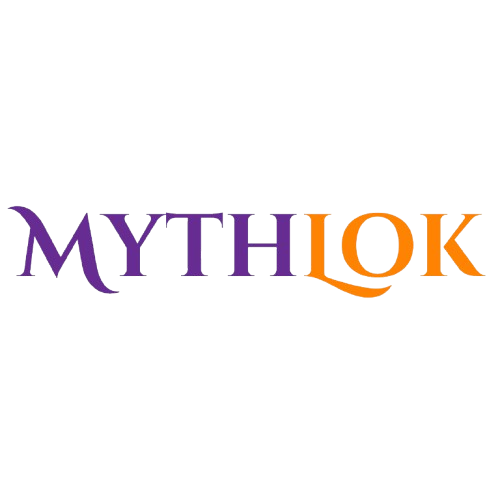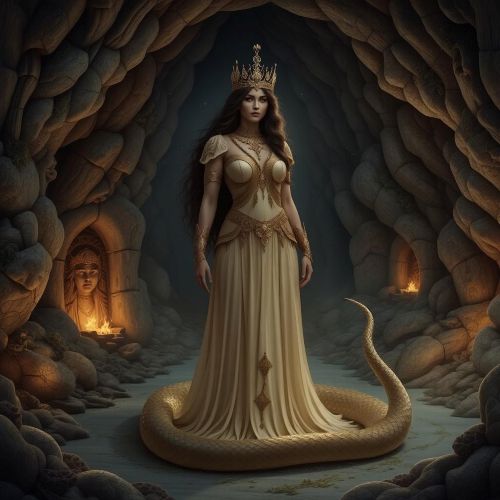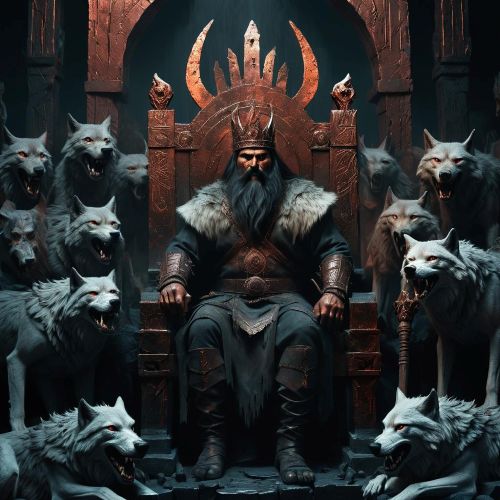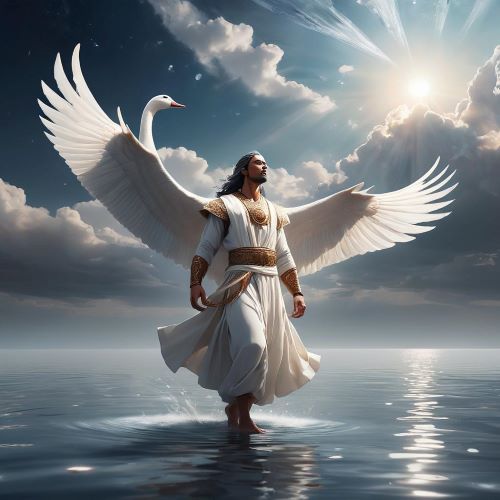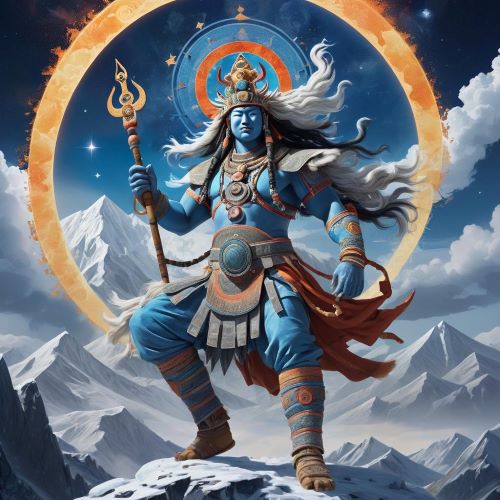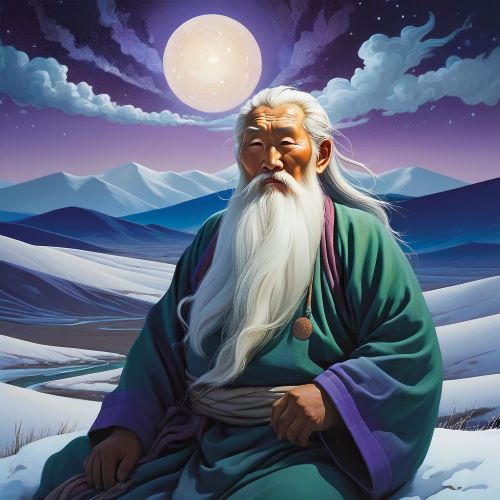Central Asian Gods
Central Asian gods, steeped in ancient mythology and spiritual traditions, embody the rich cultural tapestry of the region. Spanning the vast steppes of Kazakhstan to the rugged mountains of Tajikistan, these deities are revered for their roles in shaping the natural world and guiding human affairs. Central Asian mythology often blends elements of animism, shamanism, and later religious influences such as Buddhism and Islam, creating a diverse pantheon that reflects the region’s historical evolution and cultural diversity. These gods are seen as patrons of various domains, from fertility and warfare to wisdom and craftsmanship, each embodying unique attributes that resonate deeply within Central Asian societies.
The worship of Central Asian gods is intertwined with rituals and ceremonies that honor their divine influence. Temples, sacred groves, and natural landmarks serve as focal points for reverence and prayer, where offerings are made to seek blessings or appease these deities. Festivals dedicated to these gods are vibrant occasions marked by music, dance, and elaborate processions, celebrating their mythological feats and cultural significance. Through these rituals, communities reaffirm their connection to the divine and strengthen communal bonds, preserving ancient traditions that have endured for centuries.
Central Asian gods often personify natural elements and cosmic forces, embodying the dynamic interplay between humans and their environment. Many are associated with celestial bodies like the sun, moon, and stars, reflecting the region’s reliance on agriculture and the seasons. Others represent protective spirits of the land or ancestors who safeguard communities from harm. The stories and myths surrounding these gods offer profound insights into Central Asian beliefs about creation, morality, and the cyclical nature of existence, shaping both individual spirituality and collective identity.
In contemporary contexts, the influence of extends beyond religious practice, permeating literature, art, and cultural expressions. Their enduring presence in oral traditions, folklore, and visual arts illustrates their continued relevance and cultural resonance. Modern interpretations often reinterpret these ancient narratives, adapting them to reflect contemporary concerns while preserving their core symbolism and spiritual significance. By exploring the realm of Central Asian gods, one delves into a realm where mythology and history intertwine, revealing the enduring legacy of these divine beings in shaping the cultural fabric of the region.
Central Asian gods, steeped in ancient mythology and spiritual traditions, embody the rich cultural tapestry of the region. Spanning the vast steppes of Kazakhstan to the rugged mountains of Tajikistan, these deities are revered for their roles in shaping the natural world and guiding human affairs. Central Asian mythology often blends elements of animism, shamanism, and later religious influences such as Buddhism and Islam, creating a diverse pantheon that reflects the region’s historical evolution and cultural diversity. These gods are seen as patrons of various domains, from fertility and warfare to wisdom and craftsmanship, each embodying unique attributes that resonate deeply within Central Asian societies.
The worship of Central Asian gods is intertwined with rituals and ceremonies that honor their divine influence. Temples, sacred groves, and natural landmarks serve as focal points for reverence and prayer, where offerings are made to seek blessings or appease these deities. Festivals dedicated to these gods are vibrant occasions marked by music, dance, and elaborate processions, celebrating their mythological feats and cultural significance. Through these rituals, communities reaffirm their connection to the divine and strengthen communal bonds, preserving ancient traditions that have endured for centuries.
Central Asian gods often personify natural elements and cosmic forces, embodying the dynamic interplay between humans and their environment. Many are associated with celestial bodies like the sun, moon, and stars, reflecting the region’s reliance on agriculture and the seasons. Others represent protective spirits of the land or ancestors who safeguard communities from harm. The stories and myths surrounding these gods offer profound insights into Central Asian beliefs about creation, morality, and the cyclical nature of existence, shaping both individual spirituality and collective identity.
In contemporary contexts, the influence of extends beyond religious practice, permeating literature, art, and cultural expressions. Their enduring presence in oral traditions, folklore, and visual arts illustrates their continued relevance and cultural resonance. Modern interpretations often reinterpret these ancient narratives, adapting them to reflect contemporary concerns while preserving their core symbolism and spiritual significance. By exploring the realm of Central Asian gods, one delves into a realm where mythology and history intertwine, revealing the enduring legacy of these divine beings in shaping the cultural fabric of the region.

